Exploring the world of classical music can lead to discovering hidden gems that are often overlooked. These pieces may not be as well-known, but they offer rich and rewarding listening experiences. Each work tells a unique story and showcases the incredible talent of its composer. Here are some underappreciated works that deserve more attention and appreciation.
Alexander Borodin – “In the Steppes of Central Asia”

This tone poem by Borodin paints a vivid picture of the vast Central Asian steppes. It blends Eastern and Western musical elements beautifully. The piece depicts a caravan moving through the desert, creating a serene and evocative atmosphere. What makes it special is Borodin’s masterful use of orchestral colors. Despite its brilliance, it remains overshadowed by his other works like “Prince Igor.” This piece showcases Borodin’s talent for creating immersive musical landscapes.
Louise Farrenc – Symphony No. 3 in G Minor

Louise Farrenc’s Third Symphony stands out for its classical structure and Romantic expressiveness. The symphony showcases her skill in orchestration and thematic development. It’s a rich and rewarding listening experience. Despite her talent, Farrenc’s work is not widely known. She was a trailblazing female composer in a male-dominated field. Her Third Symphony deserves more recognition for its artistic merit and historical significance.
Charles-Valentin Alkan – “Concerto for Solo Piano”
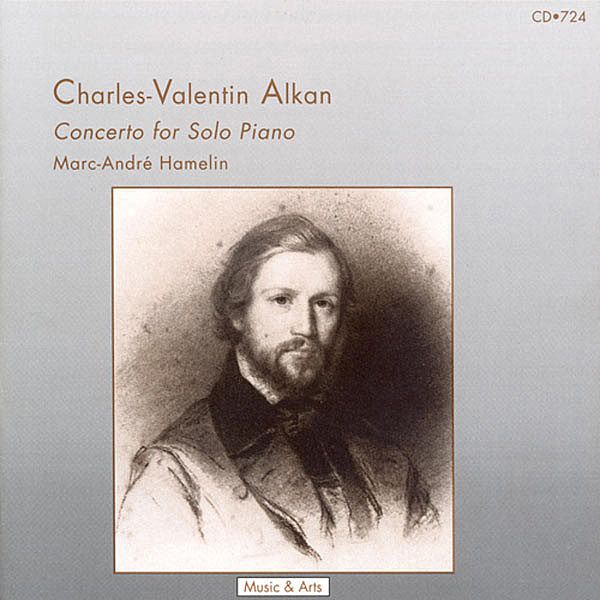
Alkan’s concerto is a monumental work for solo piano. It demands incredible virtuosity and stamina from the performer. The piece is filled with lyrical passages and innovative musical ideas, making it a fascinating listen. Alkan’s work remains underappreciated due to its technical challenges. Few pianists dare to perform it. This concerto showcases Alkan’s genius and should be more widely heard. Its blend of lyrical beauty and technical complexity makes it a standout work in the piano repertoire.
Ottorino Respighi – “Ancient Airs and Dances”

This suite for strings is a delightful collection of dance tunes from the Renaissance and early Baroque periods. Respighi reimagined these tunes with lush orchestration. The result is a charming and intricate musical experience. “Ancient Airs and Dances” is often overshadowed by Respighi’s other works like “The Pines of Rome.” However, its unique blend of historical and modern elements makes it a standout piece. Respighi’s ability to breathe new life into old melodies is truly special.
Nikolai Medtner – Piano Concerto No. 1 in C Minor

Nikolai Medtner’s Piano Concerto No. 1 in C Minor is a blend of Russian romanticism and intricate pianistic demands. It showcases Medtner’s lyrical themes and rich harmonic language, captivating listeners with its emotional depth. The concerto’s complex structure and demanding passages highlight Medtner’s virtuosity and unique compositional voice. Despite its beauty, this concerto remains underappreciated in the classical repertoire. Medtner’s works often stood in the shadow of his contemporaries like Rachmaninoff. This piece’s emotional intensity and technical brilliance deserve more recognition and frequent performances.
Amy Beach – “Gaelic Symphony”
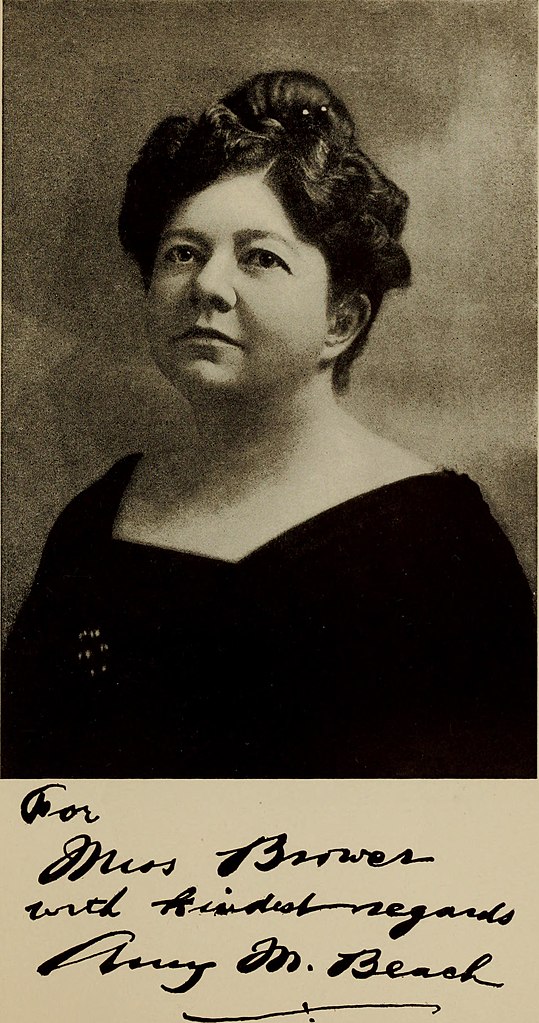
Amy Beach’s “Gaelic Symphony” is a groundbreaking work as the first symphony composed and published by an American woman. Drawing inspiration from Irish folk melodies, the symphony offers lush orchestration and powerful emotional expression. Its melodies are both haunting and uplifting, showcasing Beach’s skill in thematic development. Underappreciated due to historical gender biases, this symphony is a testament to Beach’s remarkable talent. The “Gaelic Symphony” stands out for its innovative blend of folk elements and classical forms, deserving more attention and celebration in concert halls worldwide.
Carl Nielsen – “Wind Quintet”
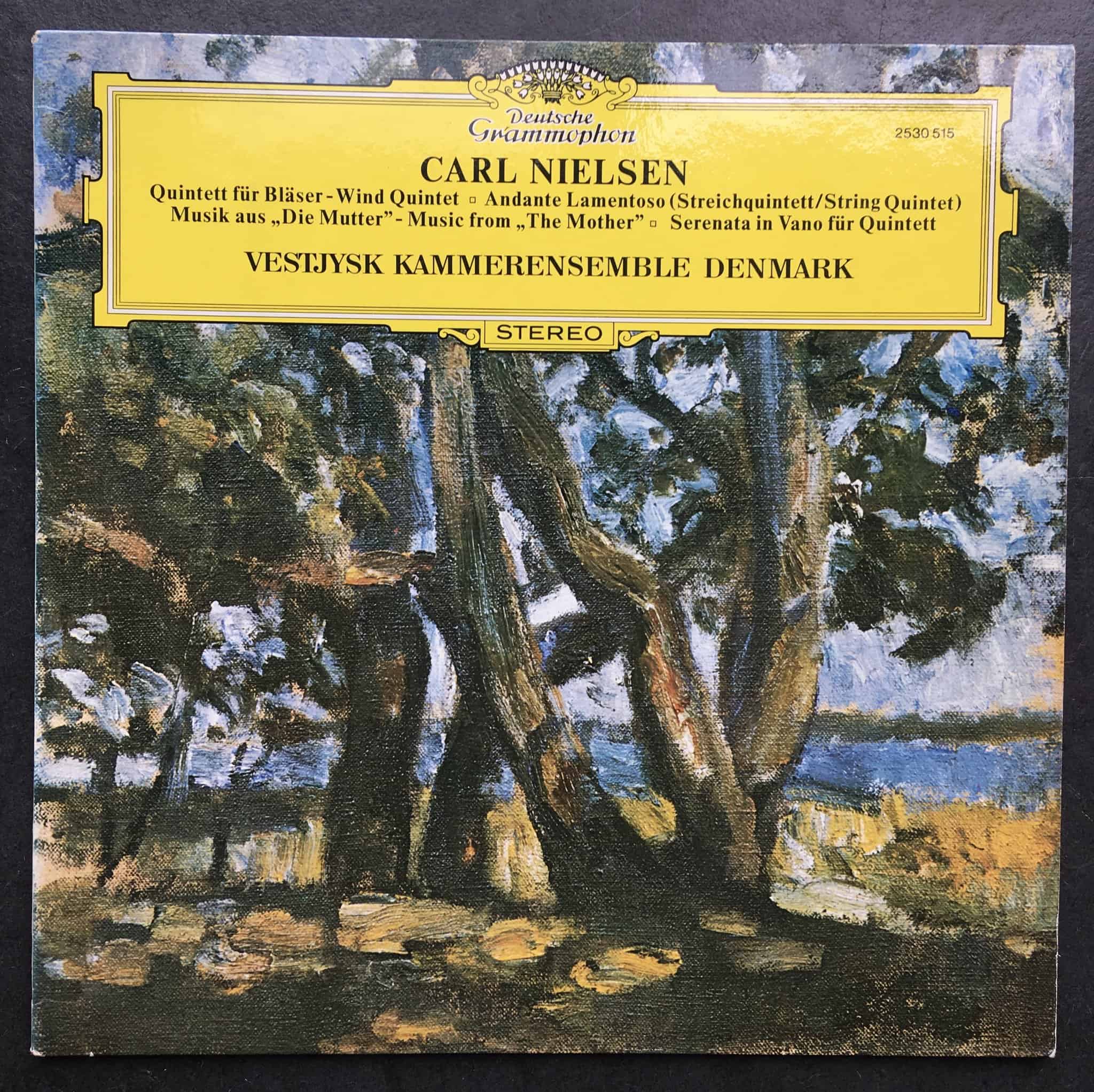
Carl Nielsen’s “Wind Quintet” explores the unique timbres of wind instruments with playful and conversational music. Each movement showcases different moods, from lively dances to serene melodies. The quintet’s rich harmonic language and intricate textures make it a standout piece in chamber music. Often overshadowed by Nielsen’s symphonies, this quintet is underappreciated despite its brilliance. Its engaging dialogues between instruments and inventive use of tonal colors deserve more recognition. It’s a delightful work that captivates both performers and audiences alike.
Guillaume Lekeu – “Adagio for Strings”
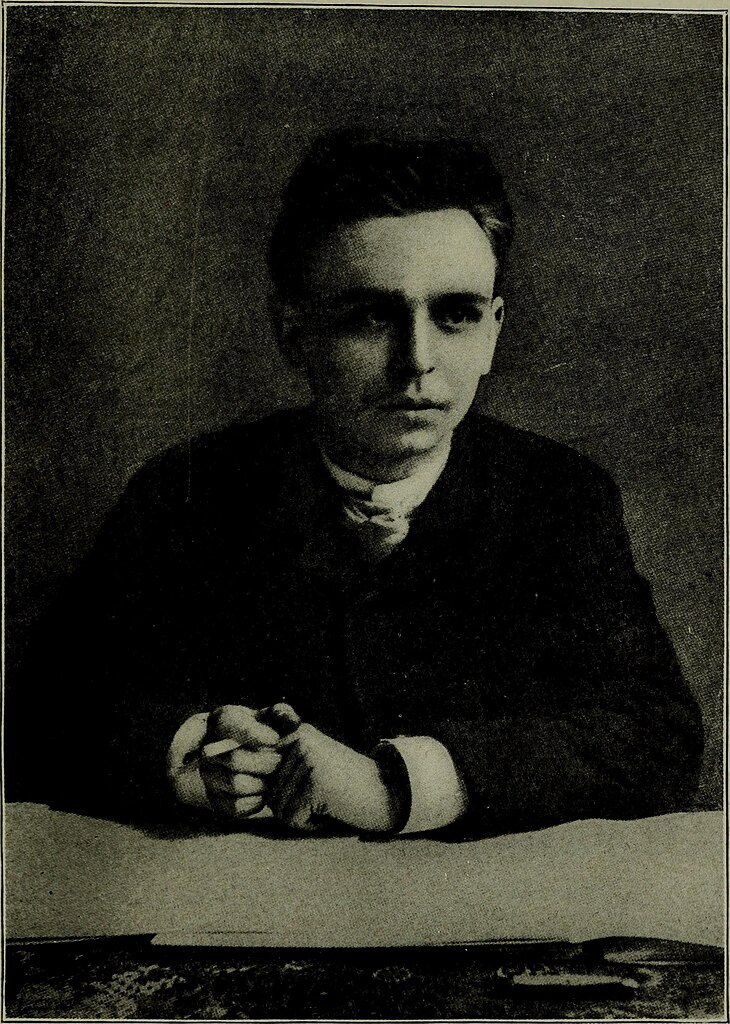
Guillaume Lekeu’s “Adagio for Strings” is a deeply moving piece, showcasing his ability to create long, lyrical lines and rich harmonic textures. The adagio is filled with melancholic beauty, reflecting Lekeu’s profound emotional sensitivity. Its simplicity and elegance make it a hauntingly beautiful work. Despite Lekeu’s early death, this piece remains underappreciated. His limited output has left many of his works in obscurity. The “Adagio for Strings” is a testament to his potential and emotional depth, deserving more performances and recognition.
Ethel Smyth – “The Wreckers” Overture
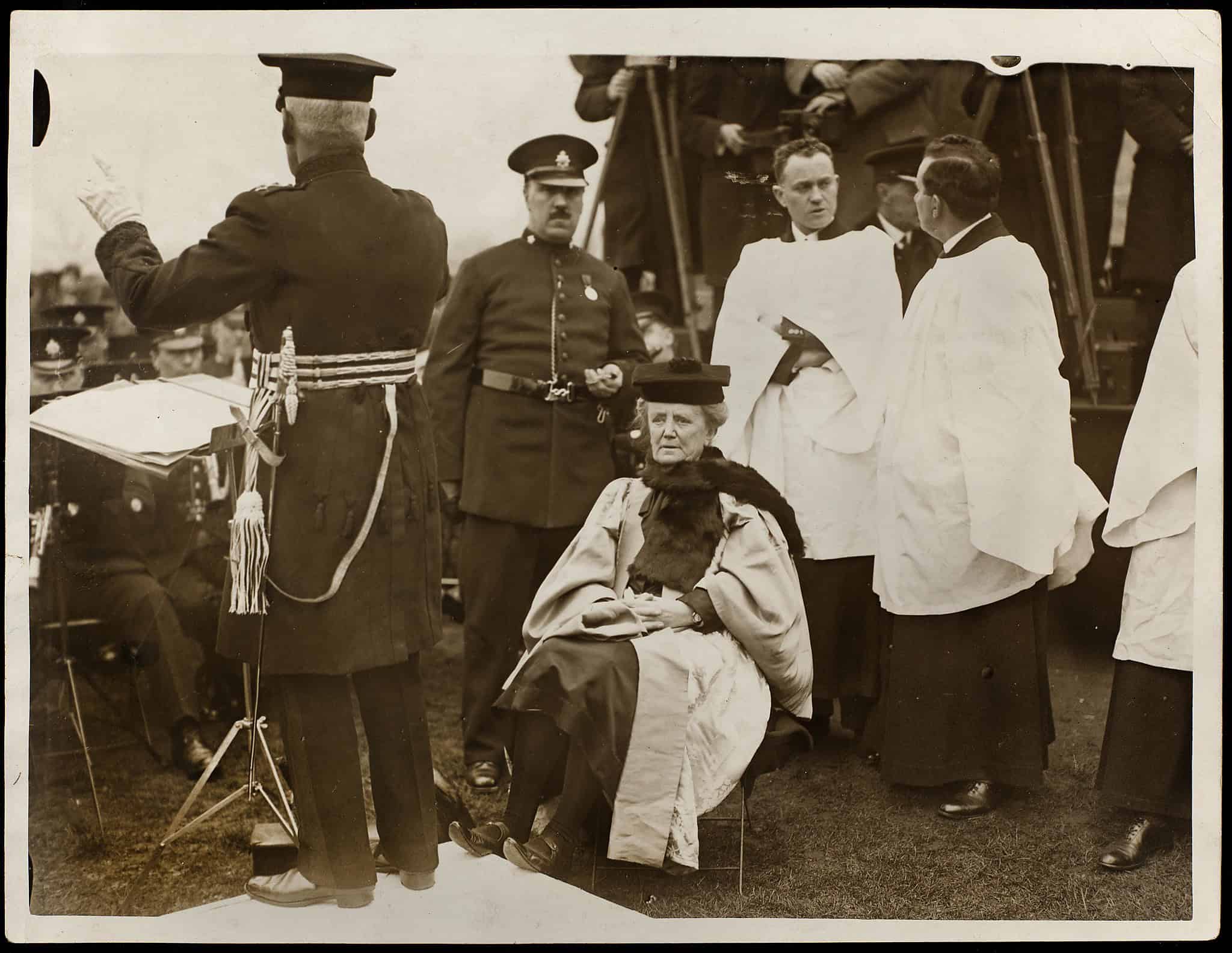
Ethel Smyth’s overture to her opera “The Wreckers” is a powerful and dramatic piece. It captures the tension and drama of the opera’s storyline with bold orchestration and striking themes. The music vividly portrays the treacherous coast and the emotional turmoil of the characters. Historically, Smyth’s works faced neglect due to her gender and political activism. The overture’s dramatic intensity and masterful orchestration make it a compelling listen. It’s a significant work that deserves a more prominent place in the orchestral repertoire.
Alfred Schnittke – “Concerto Grosso No. 1”
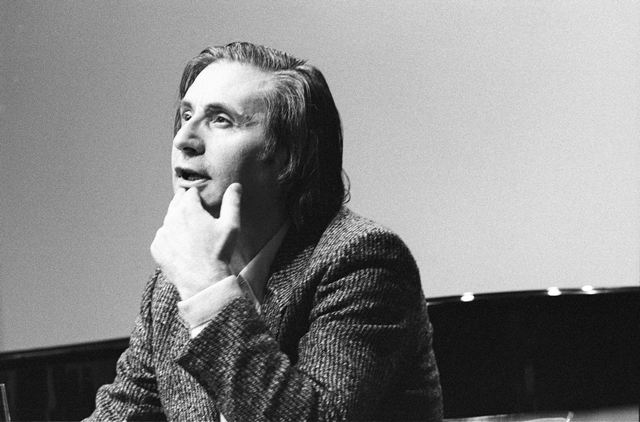
Alfred Schnittke’s “Concerto Grosso No. 1” combines Baroque forms with modernist techniques. The piece features playful dialogue between the soloists and orchestra. It blends dissonant and lyrical passages seamlessly. Schnittke’s unique style creates a rich and engaging musical experience. This work remains underappreciated due to its complexity and avant-garde nature. Schnittke’s bold approach makes it stand out. The concerto challenges listeners with its intricate structure. Its vibrant energy and inventive harmonies deserve more recognition.
Rebecca Clarke – “Viola Sonata”
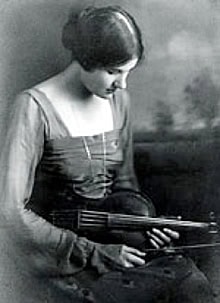
Rebecca Clarke’s “Viola Sonata” showcases her lyrical expressiveness and technical brilliance. The piece explores rich harmonic textures. It features long, flowing melodies. Clarke’s skill in crafting emotional depth is evident throughout. Despite its beauty, the sonata is underperformed. Clarke’s work often overshadowed by male contemporaries. This piece highlights her significant compositional talent. Its emotional range and technical demands make it a hidden gem.
Mieczysław Karłowicz – “Concerto for Violin and Orchestra”

Mieczysław Karłowicz’s Violin Concerto is a lush, romantic work. It features sweeping melodies and rich orchestration. The concerto showcases the violin’s lyrical capabilities. Karłowicz’s romantic style shines through in this piece. The concerto is often overlooked in the violin repertoire. Karłowicz’s premature death limited his recognition. This work, however, reveals his potential and skill. Its heartfelt expression and technical brilliance make it special.
Frank Bridge – “The Sea”

Frank Bridge’s “The Sea” is an orchestral suite depicting oceanic scenes. The piece captures various moods of the sea. Its lush orchestration creates vivid imagery. Bridge’s ability to evoke nature’s power is evident. “The Sea” is underappreciated despite its evocative power. Bridge’s work often overshadowed by his students. This suite highlights his compositional talent. Its atmospheric quality and detailed orchestration deserve more attention.
This article originally appeared on Rarest.org.
More from Rarest.org
The 17 Most Intriguing Creatures of the Deep Ocean

The deep sea, an enigmatic realm shrouded in darkness, harbors some of the most mysterious and fascinating creatures on our planet. Read More.
Top 20 Mysterious Ancient Ruins Around the World

Throughout history, the world has been home to countless ancient civilizations that left behind remarkable ruins, each shrouded in mystery and intrigue. Read More.
10 Most Expensive Homes Ever Sold

Exploring the world of luxury real estate reveals some truly extraordinary homes, each boasting unique features and staggering price tags. Read More.
